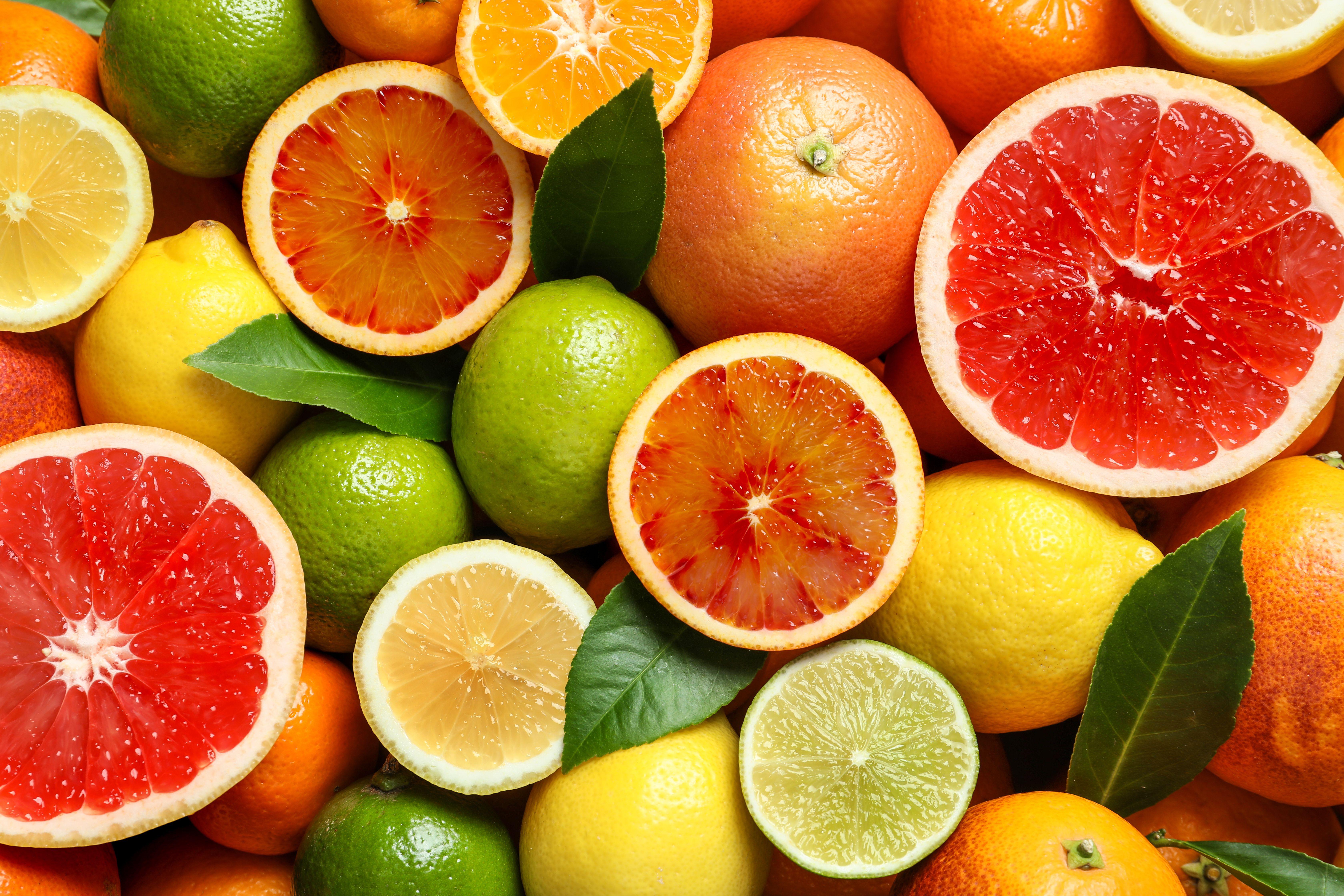News
Article
Improving Citrus Quality Assessment with AI and Spectroscopy
Researchers from Jiangsu University review advancements in computer vision and spectroscopy for non-destructive citrus quality assessment, highlighting the role of AI, automation, and portable spectrometers in improving efficiency, accuracy, and accessibility in the citrus industry.
In a recent study published in Foods, lead author Xiaofeng Ren and colleagues at Jiangsu University explored how to improve the evaluation of citrus fruits by using spectroscopic techniques combined with computer vision. This article provides insight into how advancements in technology are leading to positive changes in the citrus industry (1).
The citrus fruit industry is continuing to see growth. Currently, citrus fruit production has reached 130 million tons, representing a growth of 125% (2). Citrus fruits include sweet oranges, limes, lemons, grapefruit, and mandarins, to name a few (3). Some of the health benefits include being a source of vitamin C and fiber, anti-inflammatory properties, reducing the risk of kidney stones, and improving brain and heart health (3).
Different citrus fruits as background, top view. | Image Credit: © New Africa - stock.adobe.com

Before heading to market, citrus fruits undergo a quality control process. Normally, these processes include a manual inspection and chemical analysis. These methods are time-consuming, expensive, and destructive (1). This often results in unnecessary product loss. Because of this, traditional analysis methods may not yield the best result (1).
Enter advanced computer vision and spectroscopic techniques. Ren ad others show how these techniques provide real-time, non-invasive solutions for detecting and grading fruit quality, identifying adulteration, and ensuring traceability throughout the supply chain (1). This review article highlights the technologies currently used to assess citrus fruit quality, including traditional computer vision, hyperspectral imaging (HSI), and multispectral imaging (MSI). These imaging techniques allow for detailed assessments of external quality attributes such as color, texture, size, and shape (1).
The review article highlights how several spectroscopic techniques, including infrared (IR), Raman, fluorescence, terahertz (THz), and nuclear magnetic resonance (NMR) spectroscopy, improve upon traditional methods by better detecting internal defects, sugar content, acidity levels, and moisture composition (1). As a result, spectroscopic techniques succeed in providing quality control analysts with more information about the citrus fruits under study.
The review also highlights how automation is improving the evaluation of citrus fruits. Machine learning algorithms have the ability to process vast amounts of spectral and imaging data, which helps evaluate citrus fruits more effectively (1). Automated inspection systems have also helped, performing real-time assessments in packing facilities, which has reduced labor costs (1).
Although computer vision and spectroscopy have potential in this field, the study identifies several key challenges that must be addressed before these technologies see widespread adoption in the citrus industry. One major hurdle is the cost of high-end imaging and spectroscopic equipment (1). However, the researchers suggest that technological advancements and large-scale production can drive down costs, making these tools more accessible to farmers and food enterprises (1).
Meanwhile, the ongoing development of portable and handheld spectrometers should help conduct real-time, on-site fruit quality monitoring. These instruments are valuable for small- and medium-scale growers (1).
Furthermore, continued collaboration between research teams should ultimately help integrate these new technologies into commercial applications. By leveraging the complementary strengths of different non-destructive testing (NDT) technologies, more efficient and accurate citrus inspection systems can be developed (1).
Ren’s review concludes by exploring the future of non-destructive citrus quality evaluation. As AI, spectroscopy, and computer vision continue to evolve, the citrus industry stands to benefit from greater efficiency, reduced waste, and improved product consistency (1). The integration of these technologies with smart farming solutions, such as drone-assisted monitoring and automated sorting systems, will further enhance the precision and scalability of fruit quality assessments (1).
Citrus fruits are expected to remain in high demand (2). As a result, the adoption of new AI-driven, spectroscopic-based methods will be necessary to meet the demand and propel the fruit industry to new heights.
References
- Yu, K.; Zhong, M.; Zhu, W.; et al. Advances in Computer Vision and Spectroscopy Techniques for Non-Destructive Quality Assessment of Citrus Fruits: A Comprehensive Review. Foods 2025, 14 (3), 386. DOI: 10.3390/foods14030386
- World Citrus Organisation, Citrus Facts & Figures. World Citrus Organization. Available at: https://worldcitrusorganisation.org/facts-and-figures/ (accessed 2025-02-11).
- Jennings, K.-A. 7 Reasons to Eat More Citrus Fruits. Healthline.com. Available at: https://www.healthline.com/nutrition/citrus-fruit-benefits (accessed 2025-02-11).
Newsletter
Get essential updates on the latest spectroscopy technologies, regulatory standards, and best practices—subscribe today to Spectroscopy.





